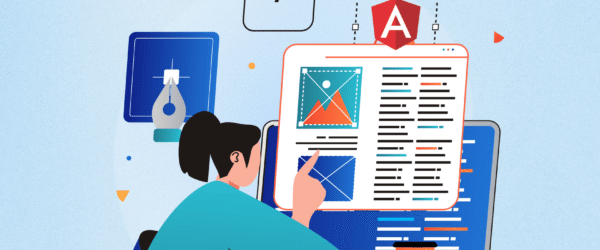React is the powerhouse behind many of today’s most dynamic web applications. While it’s easy to get started with, building large, production-grade apps requires discipline, structure, and adherence to best practices.
Here’s a guide to the top practices every React developer should follow to create applications that are scalable, maintainable, and future-proof.
1. Structure Projects for Scalability
A clear and logical project structure helps teams grow and collaborate efficiently. Organize code by features or domains rather than types (like components or services). This makes it easier to locate files, add new features, and onboard new developers.
2. Prefer Functional Components and Hooks
Functional components are simpler and more readable than class components. Combined with Hooks, they allow developers to manage state, side effects, and lifecycle events in a more intuitive way. Modern React is built around this approach—making it the preferred method for new projects.
3. Use Custom Hooks to Reuse Logic
Whenever logic needs to be reused across components—like fetching data or managing form inputs—encapsulate it in a custom Hook. This keeps your components clean and promotes better separation of concerns.
4. Keep Components Small and Focused
A good component does one thing well. Avoid large, monolithic components by breaking them down into smaller, reusable ones. This improves readability, simplifies testing, and makes updates easier over time.
5. Centralize Shared State with Care
While React’s local state works great for isolated components, shared or global state should be managed with tools like Context API, Redux, Zustand, or Recoil. Use local state where appropriate, and promote clarity by not overcomplicating state management.
6. Use TypeScript for Better Maintainability
TypeScript adds strong typing to your JavaScript, helping catch errors early and improving code predictability. It enhances collaboration and makes your codebase more robust and self-documenting.
7. Implement Absolute Imports
Avoid long and confusing relative paths. Set up absolute imports so files can be accessed from a consistent root path. This improves navigation and keeps your import statements clean and manageable.
8. Write Tests for Key Logic and Components
Testing is vital for maintaining quality as your app grows. Focus on testing user interactions and critical business logic. Use modern testing frameworks to ensure your application behaves as expected and is protected against future changes.
9. Use Error Boundaries
Mistakes happen—but they shouldn’t crash the entire app. Error boundaries help isolate failures and provide fallback UIs for a better user experience. They’re essential for catching rendering errors in complex component trees.
10. Enforce Consistent Formatting and Linting
A consistent code style leads to better readability and fewer merge conflicts. Use tools to automatically format code and enforce rules across the team. Add pre-commit hooks to catch errors before they even enter your repo.
Bonus Tips for Modern React Development
- Use fast build tools like Vite or Next.js
- Adopt libraries like React Query or SWR for efficient data fetching and caching
- Improve performance with code splitting and lazy loading
- Document components for better handovers and team communication
Final Thoughts
React offers unmatched flexibility—but with great power comes great responsibility. By applying these best practices, you’ll write cleaner code, speed up development, and make your app easier to maintain over time.
Build smart today, so you can scale confidently tomorrow. needs.





